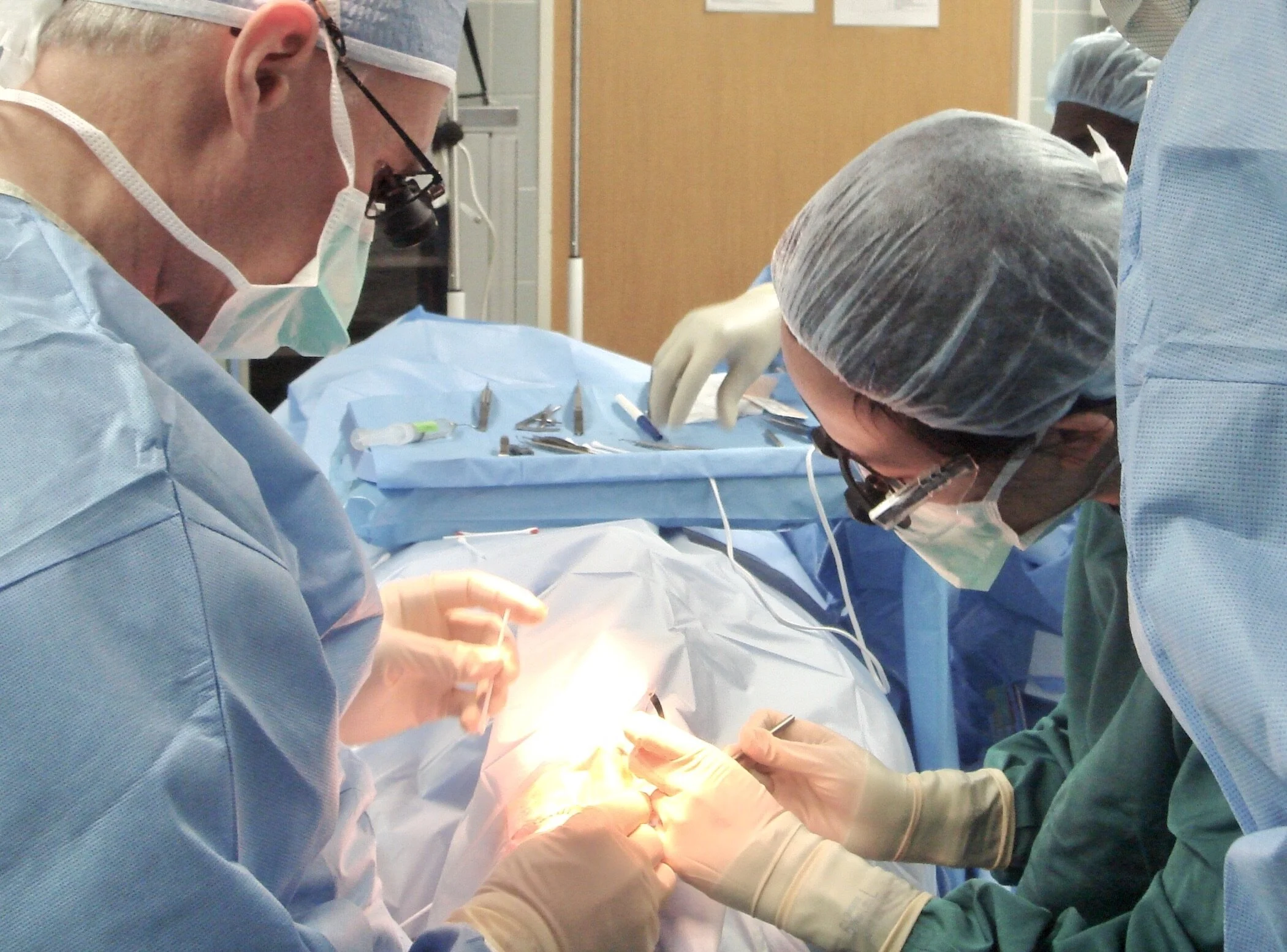Seeing What We Look For, Looking For What We Know
Peeping through my keyhole I see within the range of only about thirty percent of the light that comes from the sun; the rest is infrared and some little ultraviolet, perfectly apparent to many animals, but invisible to me. A nightmare network of ganglia, charged and firing without my knowledge, cuts and splices what I do see, editing it for my brain. Donald E. Carr points out that the sense impressions of one-celled animals are not edited for the brain: “This is philosophically interesting in a rather mournful way, since it means that only the simplest animals perceive the universe as it is.”
– Annie Dillard, Pilgrim At Tinker Creek
Recently, I’ve dabbled in painting—just enough to realize how deceptively easy Instagram reels make it look. Painting a scene is completely different than drawing it: rather than seeing the world in lines, painting is all about seeing it in blocks and layers of color. There’s always this terrible moment about half-way through, when the piece looks just awful, full of clashing patches of random colors, and I have to trust that transformation will happen once more layers are added in. I have to trust that the red will give the blue on top of it the right kind of tone, or that a layer that looks way too dark will add depth when it peeks through the lighter layers on top of it.
Now, when I look around during our walks, I see the world in patches of color, in lights and darks, and it makes me wonder, what is the world anyway? Is it the lines I see in ink, or the patches I see in paint? Is the color of that leaf a conglomeration of the chlorophylls streaking through it, or a matter of the wavelengths of light scattering back towards my retinas?
In the end, it’s all of the above, and more. But I simply see what I look for, and I look for what I know. The fact is that reality, and my perception of it, are two different things. The reality is that a leaf is a work of art in both line and color, a work of science in both its inner parts and its outward reflections. But what I perceive of that leaf is going to be whatever part of its reality I know, whatever part of its reality my experience has touched on.
The same is true of nearly everything we perceive in life. My perception of my spouse may not completely reflect reality: I may be reading all manner of things into his thoughts or intentions that are more a reflection of my own emotions and biases than who he really is in that moment. My perception of myself, or my children, or my dog, may be similarly biased.
A.W. Tozer wrote, “The most important thing about us is what we think of God.” I never quite got that statement, perhaps because I unconsciously assume that God is who I think he is. But that is not necessarily true. God is not some fictional character, who exists only insofar as I define him to be. He is not some concept that only occurs when I happen to be thinking about him. He is a reality that, if the Bible is to be believed, transcends my reality. The question is not whether God fits into how I think about him: the question is whether I’m thinking rightly about him at all.
The more I think about it, the more I feel that my perception of God cannot help but be woefully inadequate. I am trying to peep through a keyhole at the sun. My view is limited by my self-absorption, by my limits and history and fears and needs. But God has made himself understandable to me. He is revealing himself to me, if I am willing to look and listen, to study and experience, and my thirst for this, my longing to see him as he really is, is the most important thing about me.






